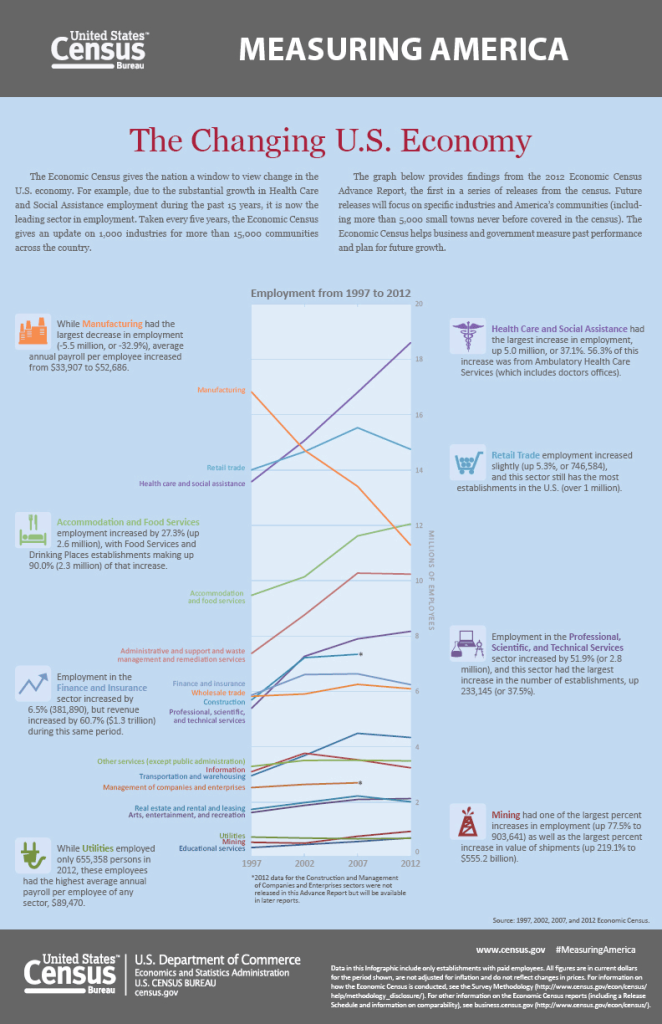Jobs. For two decades, executive leadership in U.S. manufacturing companies have chosen to outsource manufacturing to low cost countries in a race to gain competitive advantage. While it has been wonderful to see hundreds of millions of people lifted out of poverty in Asia, there are tens of millions in the developed countries who have paid the price for this with their jobs. They lost them.
In the U.S.A., employment participation is near historic lows. We are losing trillions in GDP annually as a result. We have a civic responsibility as leaders of manufacturing companies to try to correct the imbalance. But as Harry Moser of the Reshoring Initiative has said, to gain executive support, bringing the manufacturing back to the consuming region must make sense economically at the individual enterprise level.
It is my belief that the most important thing we must do to make manufacturing more cost competitive in the First World is to reduce overhead. The best indicator of overhead cost is Sales Dollars / Salary Dollar. The non-salaried workforce tends to add value to the product by changing its form or configuration through processes like machining, stamping, molding, casting and assembly, and direct support tasks. The salaried workforce performs the functions of finance, IT, sales, marketing, engineering, quality, supply chain, operations management and logistics. S/S varies greatly across industries and tends to be the same within an industry.
Since the 1970’s, we have observed and sporadically attempted to emulate the Toyota Production System (TPS), with its emphasis on single piece flow, minimal setups, mistake-proof processes and kanban (visual) controls. In the late 1980’s this was called “Just in Time” (JIT). JIT fell out of vogue in the 90’s when the ISO 9000 rage took hold, followed by General Electric’s Six Sigma program in the late 90’s, which then picked up TPS rebranded as “Lean Manufacturing” in the early 2000’s.
As Womack adroitly states in his seminal work, Lean Thinking, “Lean and oceans are not compatible.” Strangely, at the same time we renewed our interest in Lean, we massively increased ocean traffic by outsourcing to Asia. Why are oceans and Lean incompatible? Because they greatly increase Time to Market – they make us unable to respond to customer demands as quickly as we could if we produced locally.
Reshoring enables Lean Manufacturing. It also reduces pollution and inventory, increases local employment and strengthens local economies. You will be very hard pressed to find anyone these days who thinks we should not try to bring good-paying jobs back to our shores, by locally producing more of the things we consume.
However, our implementation of Lean has a problem. Toyota produces common products – cars and trucks – and they are filled with common parts. High-cost countries must adapt Lean principles to non-automotive, admin-intensive environments. We can learn how to achieve single task flow in the office, not just on the shop floor. In other words, we must achieve “Lean” (single-piece-flow) of not only products and components, but also knowledge-worker tasks.
We must stealthily learn the concepts and deploy the practices to realize Lean throughout the administrative (salaried workforce) portion of our businesses, as well as on the shop floor. We must build lean enterprises. This will drive down cost and time-to-market, making it even more important to localize component production, tipping the economic balance in favor of more local production. In turn, we will enjoy healthier profits, a stronger economy, a stronger society.



